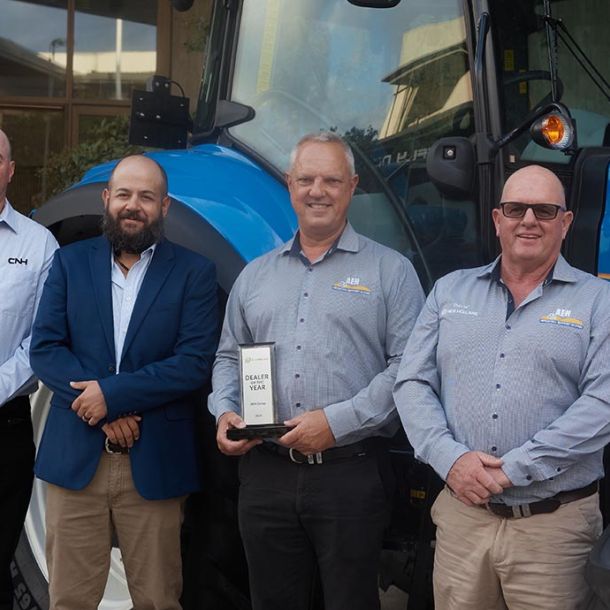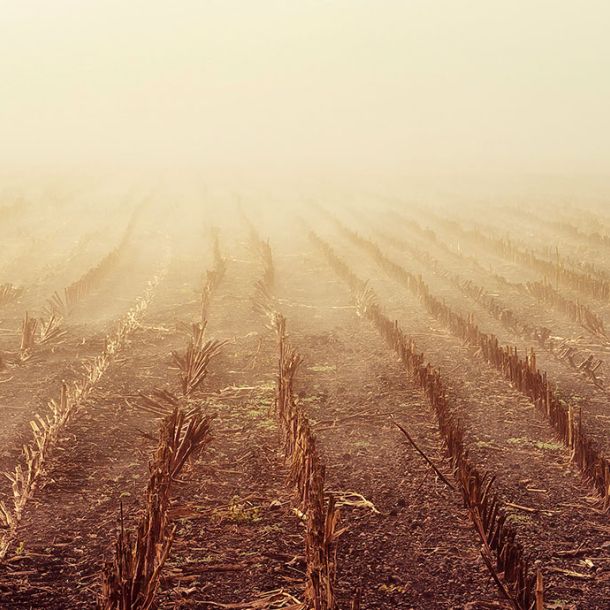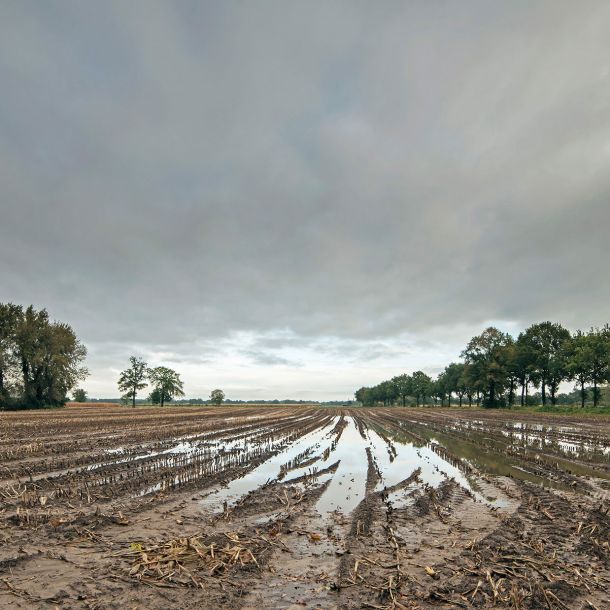Till to Kill: The Fight against Herbicide Resistant Weeds
The use of herbicidal chemical applications in modern commercial agriculture has presented a growing world population with the food needed to meet it’s increased demand. However, the rise in the use of chemicals to combat weeds has also led to parallel increases in herbicide resistant weeds, and the need for alternative and mechanical methods of weed control.
The use of herbicidal chemical applications in modern commercial agriculture has presented a growing world population with the food needed to meet it’s increased demand. However, the rise in the use of chemicals to combat weeds has also led to parallel increases in herbicide resistant weeds, and the need for alternative and mechanical methods of weed control.
How do Herbicide Resistant Weeds Come About?
Chemical resistance results from the molecular structure of the weed’s cells changing, or mutating, as it is repeatedly exposed to low levels of chemical. These low level exposures aren’t enough to kill the plant, but they may stunt it or reduce it’s ability to produce seeds, flowers, or leaves. When this happens, the seeds it does manage to produce carry forward the mutated molecular structure, passing the resistant traits on to new generations. Within a few generations, these mutations have strengthened, making the mutant plants chemical-resistant, even at strong application levels.
Know Your Enemy
Names and types of herbicide resistant weeds vary depending on your country, continent or hemisphere, but the issues remain the same. Chemical resistance has found its way into common Australian weeds like flaxleaf fleabane, ryegrass, awnless barnyard grass, windmill grass, liverseed grass, and common sowthistle to name a few of the more well-known and ubiquitous offenders. In comparison, the International Survey of Herbicide Resistant Weeds, which tracks chemically resistant weed mutations on a global scale, notes 247 species of chemically resistant plants in 66 countries.
Chemically resistant weed species prevalence and success in propagation also tends to vary based on tillage types and farming practices. Decades-long university studies in the US, Brazil and Argentina have found wind-blown seeds and annual grass seeds to be more prevalent in conservation tillage or no-till systems, annual broadleaf varieties to be more common in ridge tillage or disc tillage systems, and perennials as the predominant varieties when traditional ploughing systems were in effect. Much of this stratification of propagation has to do with the biological reserves or hardiness of the seeds themselves, which can be helpful when assessing options for combating their impacts.
Identifying the types of herbicide resistant weeds encountered in your operations is important to devising a control strategy. By knowing your weed, yo can understand its physical attributes, growing and seed production cycles, and the best methods for capitalising on its phenotypical expressions and reproduction times to interrupt these schedules with mechanical controls.
Tilling in Pre-Emergence
Pre-emergence tillage options can destroy weeds in the seed and germination stages, exposing them to surface environments and stopping or stunting their growth patterns. This delay can help give production crops the break they need to germinate (before the disrupted weed seeds) and mature into primary growth stages (like tillering or cotyledon stages), without intense competition from germinated weeds. Once production crops begin tillering or extending leaf shoots post-emergence, they’ve already developed sturdy root systems and can then better compete with stunted weeds for nutrients and moisture. Additionally, established production crop canopies can divert sunlight, nutrients and rainfall away from encroaching weeds, which further hinders their development and improves the crop’s competitive ability throughout the growing season.
Depending on the type of weed, shallow tillage surface exposure and deep tillage seed burial can have similar results on pre-emergent weed seed banks. Shallow tillage brings seeds to the top of the soil profile, where they have increased carryover mortality rates, and are more likely to be eaten by rodents or birds. Studies in the US show predation removal of seeds can account for a third or more of the total seed bank for the soil. This result is improved when paddocks are planted to cover crops that provide habitat and concealment for seed predators.

Deep tillage is another option for combating pre-emergent weed seeds. Tillage that puts seeds below the 0-5cm germination zone preferred by most varieties can cut germination by up to 80%. But, depending on their biological hardiness and energy reserves, seeds pushed deeper into the soil can higher levels of seed persistence, and remain viable for years after the tillage is completed.
The Role of Tilling in Post-Emergence Weeds
For post-emergent herbicide resistant weeds, aggressive, deep tillage is usually the best option for controlling the weed and ensuring more complete destruction and exposure of the plant and roots. By destroying the plant in its entirety and burying the seeds, you can simultaneously combat post-emergent plants while addressing the propagation of future generations in the seed bank. For small, shallow-seeding weeds, a single pass of deep tillage can eliminate the majority of the seed bank for years.
Post-emergence heavy tillage is particularly successful in conjunction with crop roatation and herbicide diversification. When the tillage is complete, crops are rotated, and chemical applications or sites of action change. This provides a jolt that disrupts germination cycles and gives the seed bank time to deplete naturally through predation and standard seed mortality.
The decision to till post-emergence can be difficult. Deep tillage may be thought to undo years of conservation tillage benefits, including erosion control, moisture retention and soil profile improvements through stubble integration. But as weeds become more immune to chemical interventions, it is an option more and more farmers are evaluating, particularly on an intermittent or as-needed basis, or as part of a larger crop rotation and strategic tillage plan, to avoid the escalation of herbicide resistant weeds.
Read More: Research Reveals that Never Cultivating can be a Danger
Chemical resistance is an outcome of increased chemical usage in modern farming, but it doesn’t have to have an adverse effect on your operation. By understanding the weeds you’re facing, exploiting their weaknesses, and making strategic decisions about management and tillage, you can effectively combat even the toughest weeds without impeding your production crop operation.









